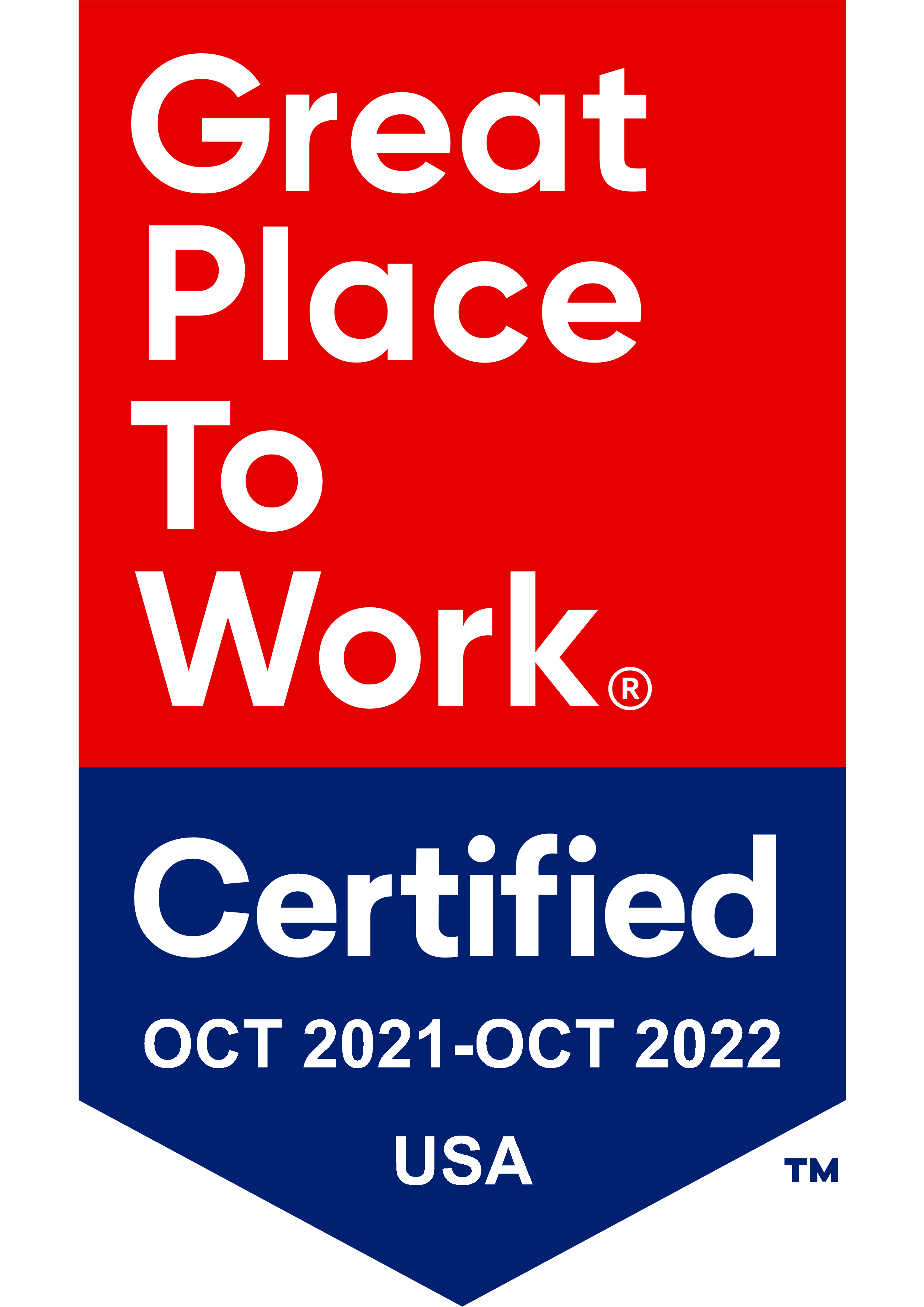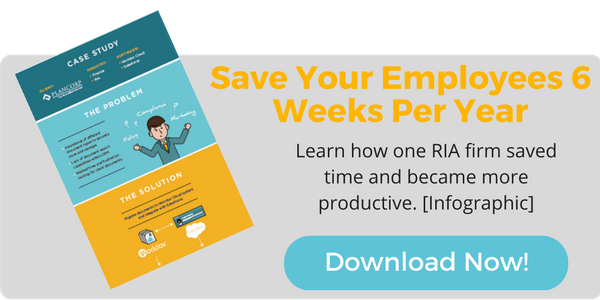 When a firm is really pressed – when people can’t keep up with their work, do you use technology or hire more people to address the issue? This is a question every firm faces, no matter the size.
When a firm is really pressed – when people can’t keep up with their work, do you use technology or hire more people to address the issue? This is a question every firm faces, no matter the size.
Is it a role that you are missing? For example, if what you really need is to attract more clients, and you just don’t have the needed skill set on your team for business development, then you need a new role at your firm. In this case, that’s not really a hiring question, that’s an org chart question. You require a dedicated business development position on your org chart, and you need to fill it.
But when do you pull the trigger on adding another person to an established role, or decide the issue is better solved by new/better technology?
Kevin Day, the CEO of Trumpet, has an interesting perspective. “If your firm’s culture isn’t nailed down properly, it can create problems that look like they should be solved by hiring people,” he argues. Consequently, hiring people when the company culture isn’t in place “doesn’t result in the expected gains.”
Here are a few simple questions to tell you if you need to do some culture work and apply technology instead of getting in touch with a recruiter.
Culture - Is “rework” unacceptable?
Many RIAs have a metric in place that measures how many client service requests a Client Service Associate (CSA) handles a day, but they may not have metrics in place to measure whether clients are getting exceptional service. By metrics, I don’t mean “everybody loves Kara.” That’s nice feedback, not a metric.
For example, once you put service metrics in place that measure quality in addition to quantity, you may find, as we did, that when the CSA is busy, some things drop through the cracks, creating rework due to process misses (which results in becoming super busy). A simple example of a “quality” metric is how many errors are on paperwork submitted to a custodian that result in rework and resubmission.
Rework is a preventable problem that, in many cases, technology can solve. For example, electronically generated and e-signed paperwork that prevents a client from missing a required signature or checkbox can drastically reduce NIGO (Not in good order) paperwork. So, if you find that you have a 10% NIGO rate, then you can probably put a hard number on the amount of time technology will save. That could be a few hours a week. This isn’t enough savings to eliminate a full-time job, but when you start to put your finger on how much rework is being required, even 3 to 5 hours a week can create a bit of breathing room for the CSA and keep clients happier.
Culture – Cycle Time Focus
One of the best ways to get less busy is reduce “cycle time.” Cycle time is an easy metric to track and once you use it the first time, you will begin to see every business process through your cycle time lens.
Cycle time is simply the total time between when a process starts and a process ends. In RIAs, cycle time is measured in days (if not weeks), not hours. For example, the cycle time for a paper-based account opening process (where paperwork is mailed to a client to complete and return) is measured from the day the RIA creates the paperwork to the time the custodian opens the account, and may average 15 days.
These two time robbers are the biggest components that create long cycle times:
- The more paperwork you have outstanding at any given time and the longer it’s outstanding, the more time you spend not only following up with the paperwork, but tracking it.
- Starting and stopping. As we all know, getting a financial plan prepared is frequently done in spurts. Getting your head in and out of a client’s situation, instead of being able to spend 2 hours and get everything done from start to finish, is an incredible waste of time. Starting and stopping a process is pure evil when it comes to productivity. When you apply technology and process improvement strategies, it’s possible to get cycle times on a planning process down to days instead of weeks.
Imagine how much time would be saved by reducing the cycle time of your key business processes. Cycle time is the #1 strategy for moving time from non-value added time to value added time.
Culture – No lynch pins
We all like technology that frees up a “lynch pin” resource or person. A simple example - automating the performance reporting process. When your reporting process is automated, it not only frees up huge chunks of time each quarter, it also prevents report preparers from having a backlog of work to catch up on a three-month cycle.
Make a list of each process you think could be more efficient – processes you think take longer than you think they should. Next to each, jot your assessment of monthly time saved if you could make each of those processes more efficient by 10% to 30% each. Count not only hours saved, but reduction in cycle time. For example, with report automation, many large RIA’s go from 20 hours to 2 hours total time, and from 2 weeks to 1 day on cycle time, measured from the day the data is ready to go to when reports are sent to clients.
Takeaway:
Whether you’re a soloist or a large RIA, do a litmus test. Does your firm have a culture of re-work and long cycle times not being acceptable? Do you work to eliminate bottlenecks and lynch pins in your processes? If not, use technology to solve those problems first. Then consider hiring if you’re still short of resources.
Words of wisdom from Tia Geurts, Trumpet’s Director of Client Services:
“I think that any time a problem can be fixed with technology, it should be. It's a bigger upfront investment but will always pay off long term. Besides keeping a streamlined team of people to manage, it makes clients and employees so much happier, too.”
To see an excellent case study outlining how one company saved time by breaking down siloed technology, click below.




